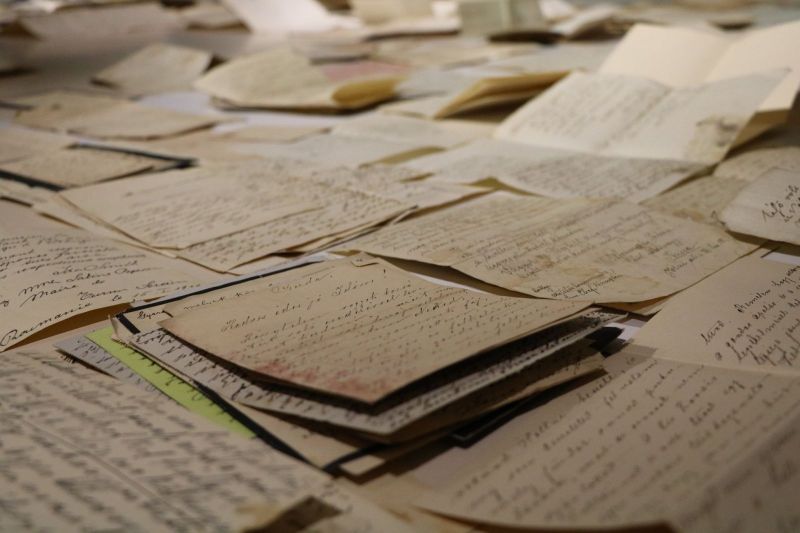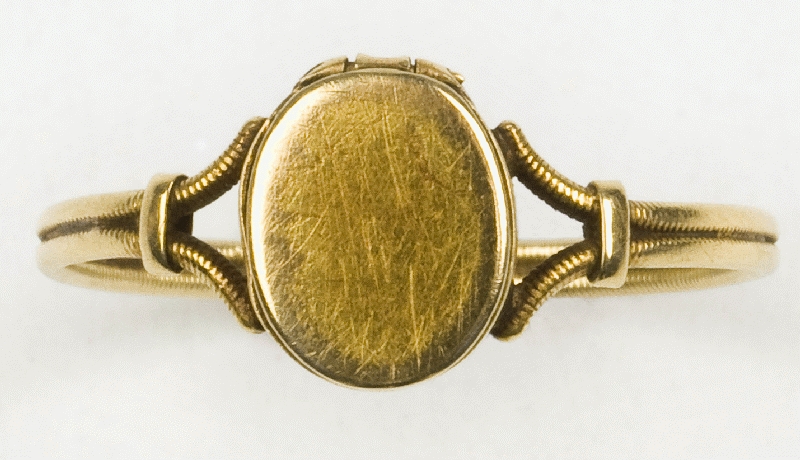Literary Collection
The aim of the Csokonai Circle is to “establish an intellectual centre for the educated elements of Debrecen, to nurture Hungarian literature, science, and art. Finally, the acquisition of all kinds of information about the immortal poet of the city of Debrecen, his biography, literary operation and works, the revival of obscured circumstances, the search for his unpublished and unknown works, the sustenance of the Csokonai cult by collecting manuscripts, memories and all objects that relate to him”, as well as the “search for archaeological and historical memories in the city and its surroundings, with special emphasis on the memories relating to Mihály Csokonai Vitéz, to implement measures for their maintenance, and possibly the establishment of the Csokonai Room”
Albert Kardos suggested in 1899 that the Csokonai-house should be established in Debrecen and nurtured by the Csokonai Circle, following the example of the Petőfi-house and museum in Budapest. The building that stands on the site of the poet's birthplace was found to be the most suitable for the task. The core of the literary collection of the Déri Museum is still provided by the collection of the Csokonai Circle.

Every item of the City Museum was displayed at the first exhibition in the Csokonyi-house. Former soldiers who fought in the Hungarian Revolution of 1848 were the museum attendants, and they performed their tasks wearing uniforms. The Csokonai Circle was dismissed by a decree from the Ministry of Interior in 1946, thus their complete collection was given to the Déri Museum. Afterwards, literary-themed museum materials were placed here randomly and listed in the Historical or Ethnographic Database. The enlarged literary material (e.g. the large manuscript and relic legacy of the writer Gábor Oláh from Debrecen) justified the creation of an independent collection by the end of the 1950s. The separation of the literary material was initiated by Viktor Julow, between 1958 and 1965. However, a coherent inventory record of the collection was not yet made at that time. The scientific works and literary exhibitions of Viktor Julow undoubtedly strengthened the raison d'être of the independent collection, although the work was stalled for years when he left the service of the museum to work at the university.
István Kilián continued the suspended work in 1972. The first manuscript and documentation inventory record of was opened on 1 January 1973. The tenth collection of the Déri Museum has officially existed since then, which opened an independent permanent exhibition in 1981 entitled “Debrecen and the Hungarian Literature”.
The collection moved to a new location in January 2011, and in September 2014 the new permanent exhibition opened in the Debrecen House of Literature entitled: Dreaming Hungarians – Stories from the literature of Debrecen. The exhibition breaks ties with the chronologic method and presents the literary focal points of the city. It introduces visitors to the exhibition, that is the literature of Debrecen, with modern installation techniques and exciting stories. In the local history part of the new permanent exhibition of the Déri Museum, the presentation of the places of the Csokonai cult in Debrecen received a separate unit in 2015.
Lately, the collection was further enlarged by the complete manuscript and documentation legacy of poet Tamás Kiss from Debrecen, literary scholar Viktor Julow, poet, litterateur, journalist József Berényi, and poet, literary organiser Endre Tóth. Occasionally, we also collect the manuscripts of contemporary poets and writers, most recently the museum was enriched with the manuscripts of János Térey.
Publications, family days and museum pedagogical sessions are also of great help in the promotion of the Debrecen literature. In the new exhibition we offer activities and guided tours for every age group, and we arrange book launches and presentations for the visitors on a monthly basis.
The most prominent publications of the collection are: the Kultusz és Áldozat [Cult and Sacrifice] issued in 2005, which deals with the history of the Csokonai Circle, the Oláh Gábor Naplók [Gábor Oláh Diaries], the Névelő Növények [Article Plants], which has received the Certificate of Merit of the Beautiful Hungarian Book, in which “several Hungarian writers draw with – or next to – the texts”.
The collection retains, preserves, communicates, continuously collects and makes the documents of literary history in Debrecen available for scientific research. Accordingly, the manuscripts and heritage of writers and poets, and the materials of literary life and organisation. Due to its completeness and richness, it is considered unique amongst the countryside collections.
An extraordinary item in the collection: Lilla’s ring
The most accurately documented literary relic. From the look of it, a contemporary gold ring for men: no fancy ornamentation, simple lines, equipped with a lidded poison box. Somewhat faded, and completely thinned at one place. Mihály Csokonai Vitéz gave it to Julianna Vajda, who wore it until her death.
This ring had a long and adventurous journey till it reached the museum. The husband pulled it off Lilla’s finger on her deathbed, and gave it to Elek Vajda, saying that he shall take good care of it as this was the ring of Csokonai, and Lilla received it from him.

Elek Vajda guarded it faithfully, but his conscience was never at ease. Csokonai who deceased at a young age repeatedly came to his mind, and the thought that his family may have been involved in his untimely death upset him greatly. Finally, he decided that the ring must be returned to whence it came: Debrecen.
He wrote about his decision to the Csokonai Circle, the safeguards of the Csokonai relics. They agreed on the special day when the ring was due to be brought back. They came by train, and the city’s ceremonial carriage drawn by five horses waited for them. They solemnly swore an oath on the authenticity of the ring. Then the privileged were able to see it in the relics collection of the Csokonai Circle, and later in the exhibitions of the City Museum. Today, it can be observed in the permanent exhibition in the Debrecen House of Literature, under Péterfia street 28.